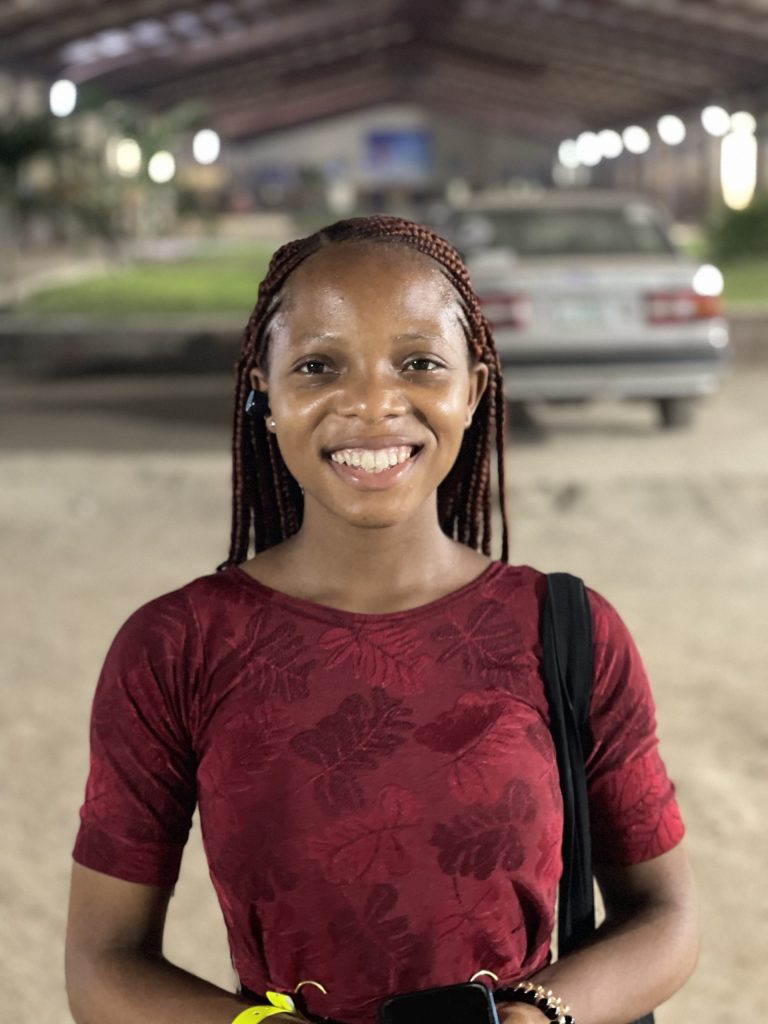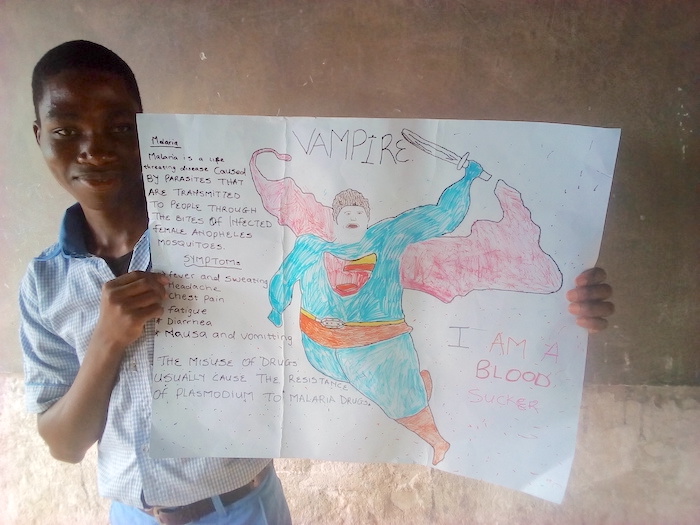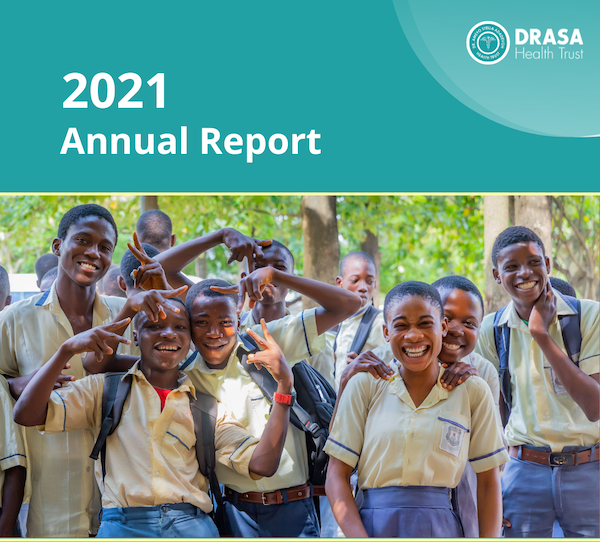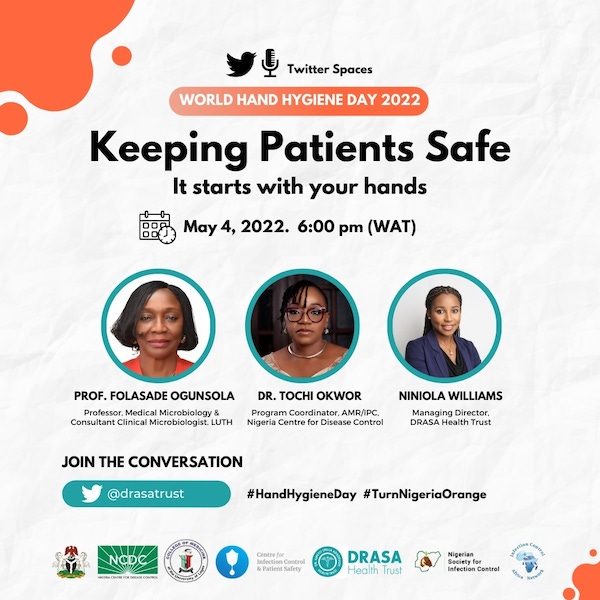Making People Part of the Process: Strengthening Cross-Border Collaborations for Health Security Through Community Involvement
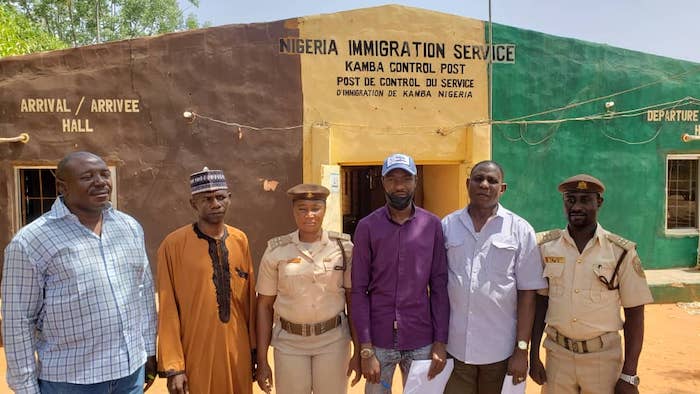
“Go to the people. Live with them. Learn from them. Love them. Start with what they know. Build with what they have. …When the work is done, the task accomplished, the people will say ‘We have done this ourselves.” –Lao Tzu Imagine if it was possible for all travelers moving from one country to another to pass freely through their borders. How would we quickly identify and contain sick people, animals, infected cargo and products as they cross through these entry points? One easy way to ensure this is to work with the people residing in border communities. When they are educated and equipped, they become health champions who are aware of the signs and symptoms of infectious diseases and can identify them, prevent their spread, as well as notify the necessary public health authorities for further management and action. This will stop the spread of infections within and across communities around the country. Community influencers at one of Nigeria’s land borders As part of our ongoing health security activities, we identified key groups of local leaders and influencers in 6 border communities namely; Jibia (Katsina), Kamba (Kebbi), Illela (Sokoto), Maigatari (Jigawa), Idiroko (Ogun) and Seme Border (Lagos), who we worked with to help identify, prevent and manage disease outbreaks in the communities. We actively engaged with some of these community influencers through our advocacy visits and they assured us of their support and commitment to helping secure the country’s health. Our team identified more than 17,600 stakeholders, including religious leaders, market union heads, road transport workers and officials, Miyetti Allah, staff of primary health centres and general hospitals, health educators and community volunteers, among others. Of the various categories of people, market unions, road transport workers, and hospitals constituted a large number of the stakeholders identified. Community stakeholders at 3 […]
